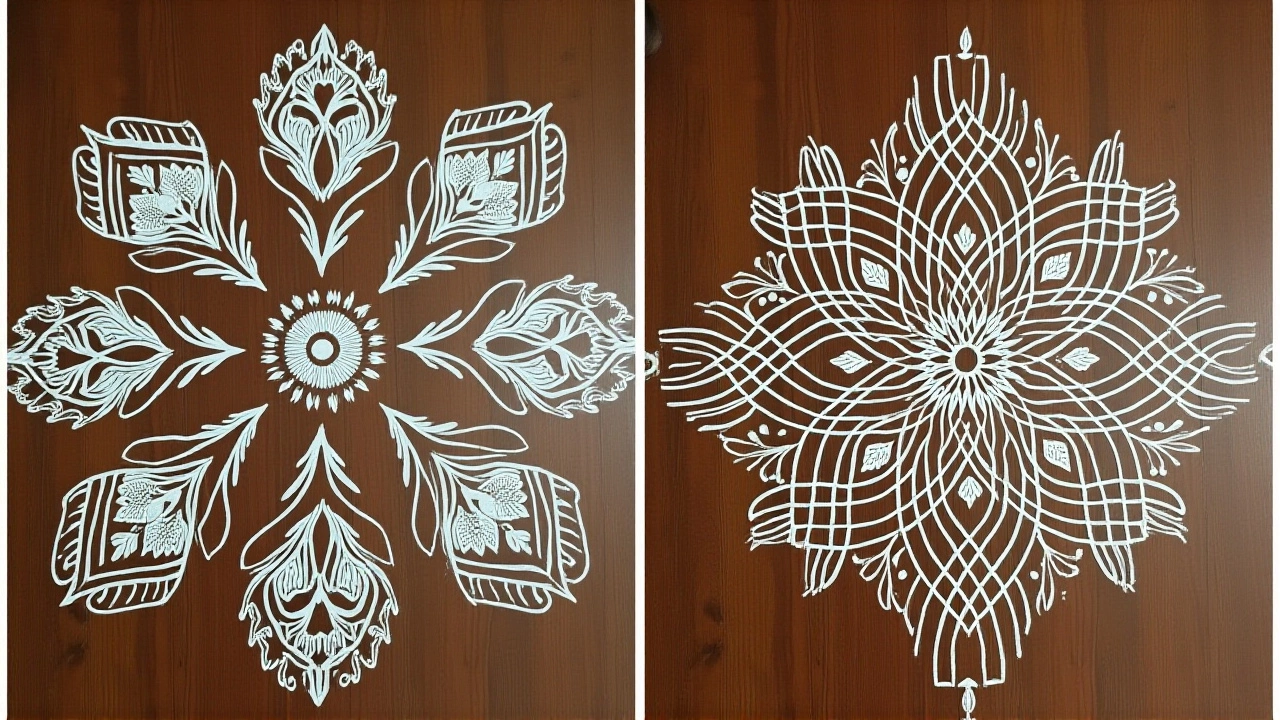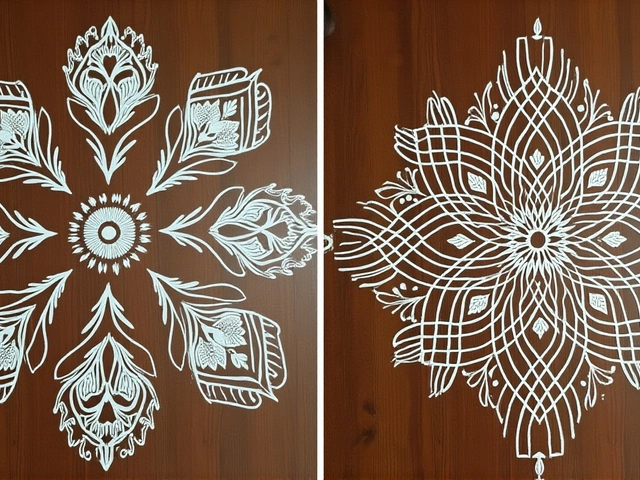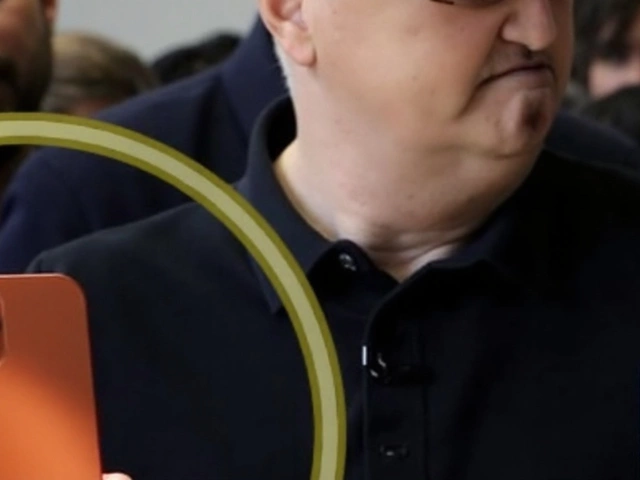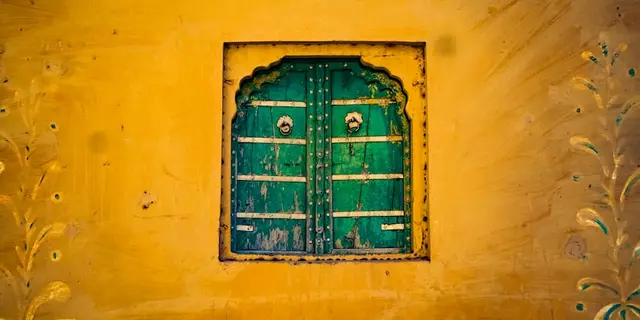Maa Brahmcharini Jewellery: What to Look For
If you’re drawn to the divine aura of Maa Brahmcharini, you’ll notice that her jewellery isn’t just about sparkle – it tells a story. Each piece carries a symbol that reflects her ascetic strength and compassionate spirit. Whether you’re shopping for a temple offering or a personal accessory, knowing the basics helps you pick something that feels right.
Traditional motifs inspired by Maa Brahmcharini
Artists often use a few core elements when they design Maa Brahmcharini ornaments. The most common is the trishul – a three‑pronged spear that represents her power over ego, desire, and ignorance. You’ll also see lotus petals carved into gold or silver; the lotus stands for purity blossoming from darkness. Another frequent motif is the snake, hinting at her role as a protector who can shed old habits.
When you spot these symbols on a necklace, earrings, or bangles, you know the piece was made with devotion. Many craftsmen embed tiny shiva lingam charms or use pearl inlays to echo her serene side. These details aren’t just decorative – they’re meant to keep the wearer aligned with her calm energy.
Choosing the right metal and gemstone
Gold remains the go‑to metal for Maa Brahmcharini jewellery because it’s considered pure and everlasting. If you prefer something lighter, polished silver works well, especially when paired with turquoise or coral – colors that echo the earth tones seen in her temples. For a splash of luxury, many designers set blue sapphires or white diamonds beside the trishul, suggesting a celestial connection.
Before you buy, ask the jeweller about the metal’s purity (22‑carat gold is standard for temple pieces). Check that any stones are securely set – a loose gem can diminish both the look and the spiritual vibe. If you’re on a budget, consider lab‑grown diamonds or synthetic sapphires; they offer the same visual impact without the hefty price tag.
Now that you know the key symbols, metals, and stones, here’s a quick checklist to make the purchase smooth:
- Look for trishul, lotus, or snake motifs.
- Confirm metal purity – 22‑carat gold or sterling silver.
- Match gemstones to your style: turquoise for earthy, sapphire for regal.
- Ask about the crafting process; hand‑crafted pieces often have finer details.
- Consider the piece’s weight – temple offerings are lighter, while personal wear can be sturdier.
Shopping online? Filter your search by “Maa Brahmcharini” and read reviews that mention durability and design authenticity. Many Indian jewellers now offer video walkthroughs of their workshops, letting you see the hands that shape each charm.
Whether you’re gifting a loved one, adding a meaningful charm to your collection, or looking for a respectful temple offering, the right Maa Brahmcharini jewellery blends devotion with style. Keep the symbols clear, the metal pure, and the stones set tight, and you’ll wear not just a piece of art but a slice of spiritual heritage.
Rice Flour Rangoli Shines on Navratri’s Second Day Honoring Maa Brahmcharini
On Navratri’s second day, families across India swap traditional powders for rice flour rangoli, creating pure, vibrant designs that honor Maa Brahmcharini and boost sustainability.






